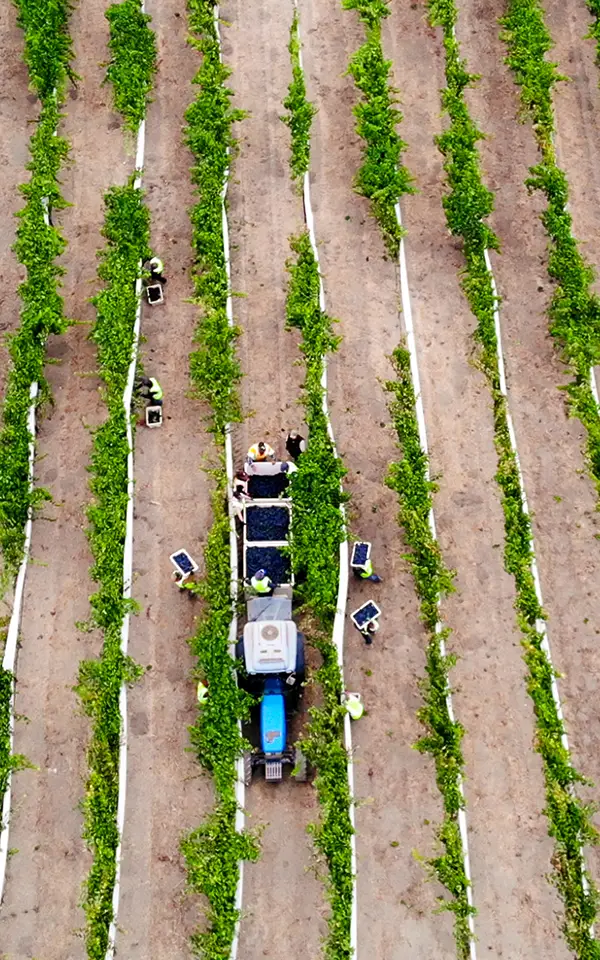Ron Denner built his state-of-the-art gravity flow winery on Vineyard Drive in Willow Creek in 2005 after spending several years developing the adjacent land from barley fields into vineyards.
Over the years, winemaker Anthony Yount made Denner into one of the great wineries of California through a combination of careful vineyard management (including dry-farming and organic practices) and non-interventionist winemaking. Today, Anthony continues his work at Denner as the consulting winemaker for head winemaker, Mark Williams.
In the cellar, Denner takes cues from the old world, working with a percentage of whole-cluster in his Rhone blends, relying on native yeasts for fermentation, and bottling their wines unfined and unfiltered. Of course, all of this is to translate, as faithfully as possible, the terroir of a great site, with Denner’s patchwork of calcareous clay vineyards soaring to more than 1,000 feet above sea level.
Energy & Conservation
In 2008, working with a local company, REC Solar, we installed a 140,000 DC watt ground mounted solar project. The system handles all of the electrical energy needs of the winery and most of the Comus Club Center, thereby greatly reducing the buildings’ carbon footprint.
In 2008 we also expanded our wetlands to include a system for filtering the water used in production to be distributed throughout the vineyard.

